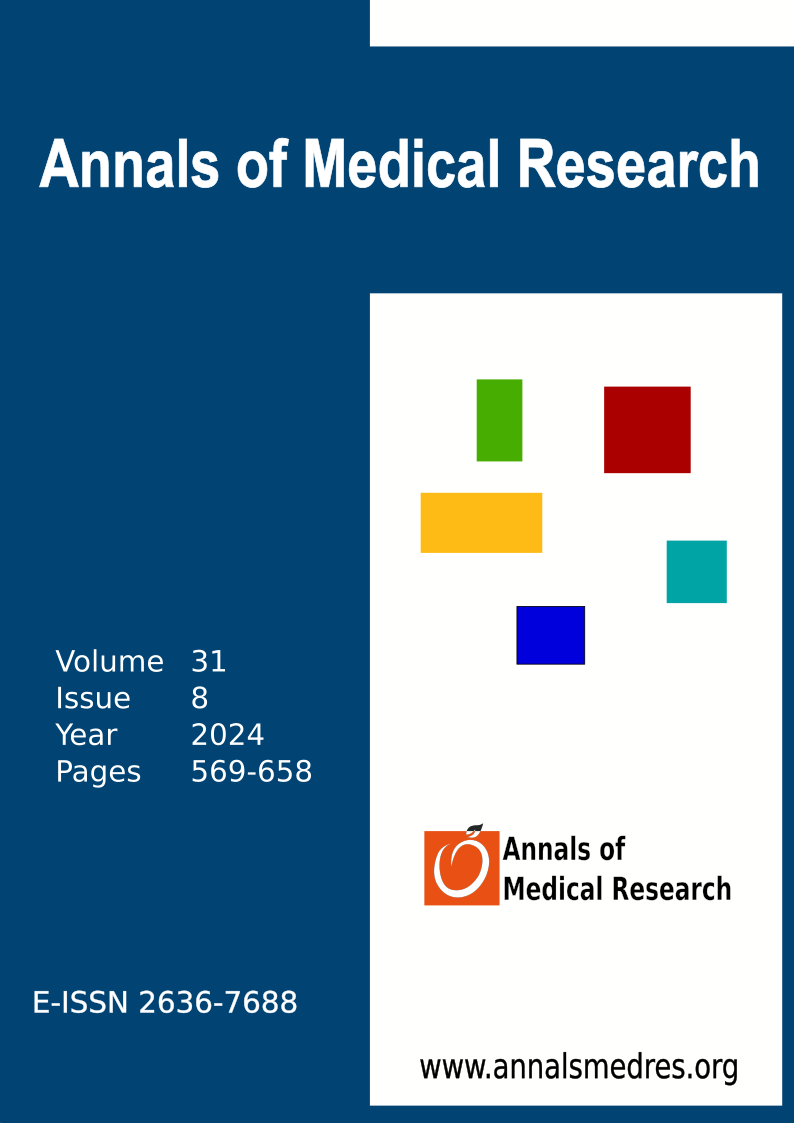Mefenamic acid reduces the contractility of isolated uterine smooth muscle of rat
Keywords:
Mefenamic acid, Uterus, Isolated organ bath, RatAbstract
Aim: Mefenamic acid is a nonsteroidal anti-inflammatory drug widely used for the treatment of pain and inflammation. The drug is indicated in patients with mild to moderate pain and inflammatory diseases, usually toothache, painful menstruation, muscle or joint pains and postpartum pain. There are not enough studies showing the effectiveness of this drug, which is significantly effective in gynecological pains, on the uterine contraction and relaxation mechanism. This study was carried out to investigate the effects of mefenamic acid on the uterine contraction and relaxation mechanism.
Materials and Methods: In the study, seven female intact Sprague-Dawley rats in the diestrus period were used. Longitudinal myometrium sections of 1.2 cm length, 2 mm width and 1 mm thickness from animals were suspended in an isolated organ bath containing crebs solution. After the regulation period, mefenamic acid was administered at a dose of 300 μM. Contractile changes were monitored using an isometric transducer. Before and after the application, the area under the curve (AUC), frequency and peak to peak (p-p) values were normalized as % change. Statistical analyzes of the data were performed with the Paired Sample T test in SPSS 22.0 program.
Results: Mefenamic acid caused a statistically significant decrease in the p-p, AUC and frequency values of spontaneous uterine contractions at 300 μM dose (p<0.001).
Conclusion: Mefenamic acid has an inhibitory effect on uterine contractions. This drug, which is widely used in the clinic for menstrual pain caused by abnormal uterine contractions, especially in young women, may show its analgesic effect by inhibiting uterine contractions.
Downloads
Published
Issue
Section
License
Copyright (c) 2024 The author(s)

This work is licensed under a Creative Commons Attribution-NonCommercial-NoDerivatives 4.0 International License.
CC Attribution-NonCommercial-NoDerivatives 4.0






